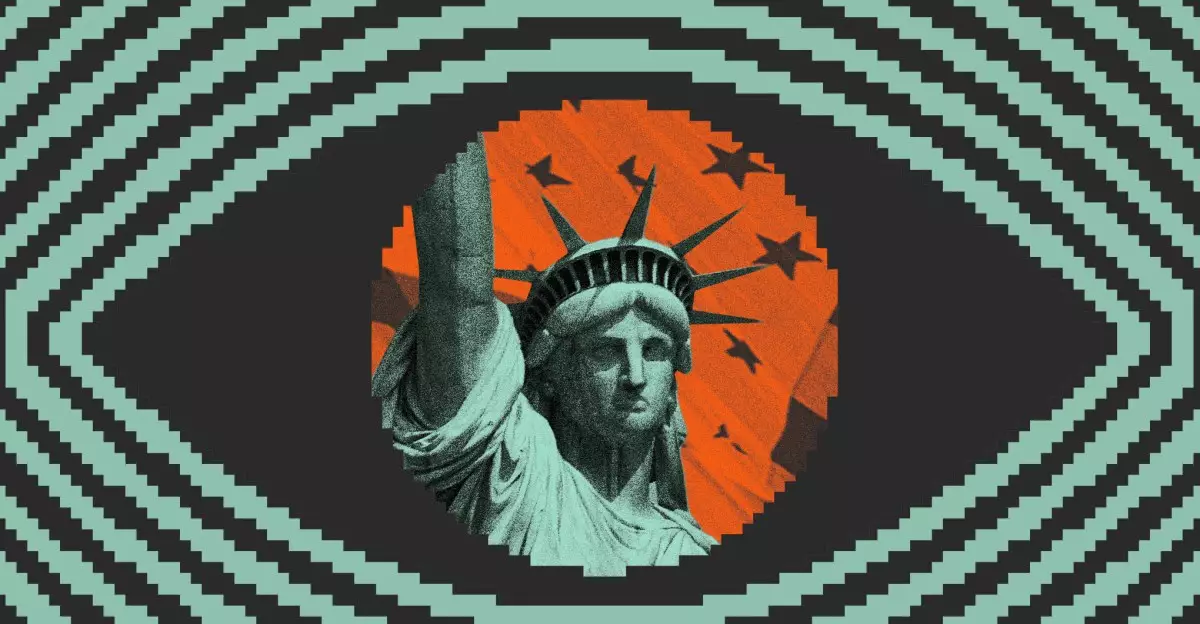As urban centers grow increasingly complex, the role of technology in maintaining safety has become undeniable. The recent partnership between New York City and Citizen exemplifies how cities are leveraging social media platforms to enhance real-time communication and community surveillance. This alliance represents more than a mere technological upgrade; it signifies a shift towards an integrated approach where municipal agencies and digital communities work hand-in-hand to safeguard citizens. However, the implications of such integration demand critical scrutiny, highlighting both its potential and pitfalls.
The initiative enables city agencies to broadcast real-time alerts directly to residents through the Citizen app. Imagine alerts about a nearby fire, an active shooter, or weather emergencies reaching users instantly — this could be a significant leap forward in emergency responsiveness. What makes this collaboration particularly groundbreaking is the access law enforcement and emergency services now have to user-generated videos. This two-way interaction transforms the Citizen platform from a passive social arena into an active surveillance tool, blurring the line between public assistance and privacy infringement.
Yet, this merging of municipal authority and social media raises fundamental questions about surveillance and citizen rights. While authorities claim that users can opt out of sharing their videos, the vast amount of openly accessible footage could inadvertently turn communities into perpetual surveillance zones. The assumption that public safety justifies broad access risks normalizing constant observation, which could lead to a dystopian erosion of privacy, especially if such collaborations extend unchecked or become the default modus operandi of urban management.
VG-Informed Vigilantism or Community Safeguarding?
Citizen’s past is marred by instances where its tools have inadvertently or intentionally fueled vigilantism. Originally launched as “Vigilante,” the app’s initial branding suggested a focus that could easily encourage users to take justice into their own hands. Though rebranded as Citizen, controversy persists, fueled by stories of users attempting to engage in shootouts or confrontations based on unverified reports. This legacy raises substantial ethical concerns about the platform’s blurring role from neutral surveillance to participatory policing.
The integration with the NYPD and other agencies could amplify these risks, especially if alert triggers are not meticulously calibrated. An alert based on subjective or inaccurate reports could lead to unwarranted panic or even violence. Furthermore, the possibility of law enforcement accessing incident videos directly, while useful in emergencies, risks fostering a culture of policing that bypasses due process. Such a shift might inadvertently normalize citizen-led investigations, undermining legal standards of evidence and due diligence.
Moreover, the platform’s open nature raises disparities in how different communities experience safety. While some neighborhoods may see this as an empowering tool, others could perceive it as intrusive, enabling over-policing or surveillance excesses. The key to harnessing this technology responsibly lies in transparent policies, robust oversight, and community engagement that respects individual rights while promoting collective security.
The Broader Cultural and Ethical Ramifications
The partnership between NYC and Citizen exemplifies a broader societal debate about the role of digital tools in public safety. On one hand, embracing innovation can lead to faster emergency responses and potentially save lives. On the other, it risks normalizing a culture of constant watchfulness that might erode civil liberties. There is a danger that communities become conditioned to accept pervasive surveillance as an unchallengeable norm.
The ethical dilemma hinges on who controls the data and how it is used. Citizens are asked to trust platforms that profit from data sharing, yet the boundaries of privacy remain ambiguous. Despite claims of opt-outs, the accessibility of videos to public authorities and the potential for misuse cannot be overlooked. The fact that videos remain viewable and downloadable by the public—regardless of user preferences—raises alarms about transparency and consent.
Furthermore, the influence of private security companies, like Axon and Ring, intertwined with public safety initiatives, complicates this landscape. These corporations profit from the widespread deployment of surveillance devices, creating a profit-driven ecosystem where safety and privacy often collide. The danger lies in commodifying security and fostering a society where privacy is sacrificed for the illusion of safety.
While the NYC-Citizen partnership signals an innovative approach to urban safety, it must be approached with caution. Without strict regulations, transparent policies, and genuine community dialogue, such initiatives risk becoming tools of overreach rather than instruments of protection. The challenge for cities is to strike a delicate balance—embracing technological advancements while steadfastly safeguarding civil liberties and fostering trust among their communities.

